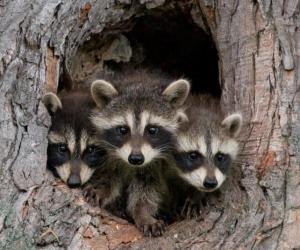Discover the Lake Known as the `Lightning Capital of the World`
If you live in someplace like Florida or Louisiana, you’ve probably suggested once or twice that you could live in the worst spot possible for lightning strikes. You’re not wrong in thinking you get more lightning than most of the United States. But there is actually a definable lightning capital of the world, revealed by research and data collected by NASA’s Lightning Imaging Sensor onboard the Tropical Rainfall Measurement Mission.
Let’s take a look at this unique, terrifying, yet beautiful place tucked away along the coast in South America.
What is the Lightning Capital of the World?
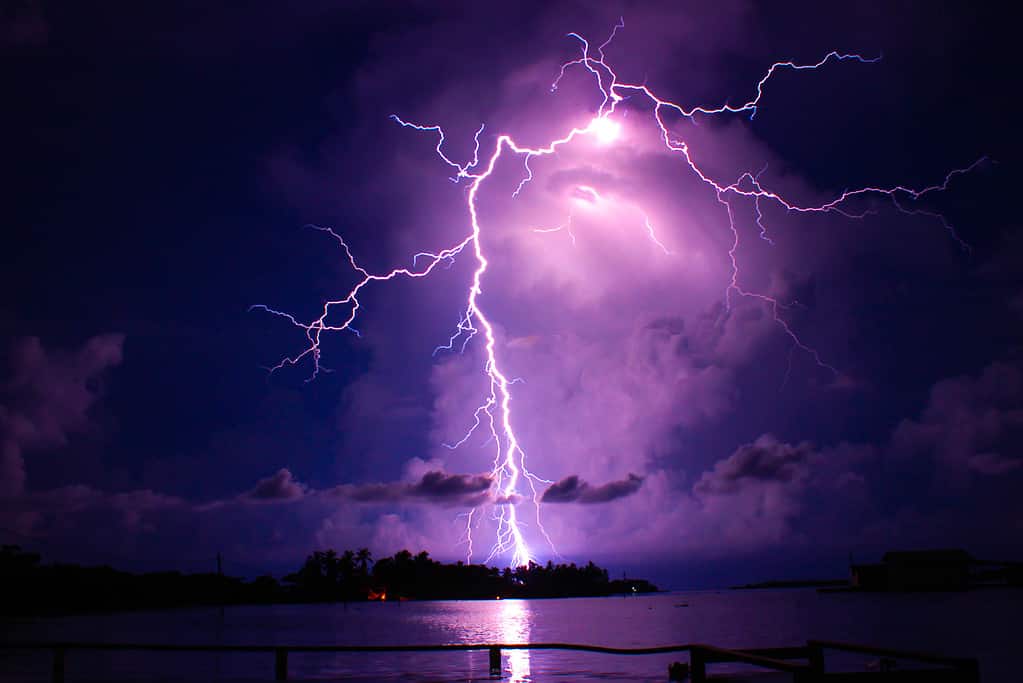
©Christian Pinillo Salas/ via Getty Images
Tucked along the edge of the South American country of Venezuela, you’ll find Lake Maracaibo, the lightning capital of the world. The lake contains 8,208 square miles of surface area, ten degrees north of the equator. According to NASA, this spot receives the most lightning of any area annually of any place on the planet. The lightning storms center on the southern end of the lake, with storms producing lightning nearly 300 nights of the year.
World Famous for Centuries for Its Lightning
Since at least 1595, Lake Maracaibo has been world-famous for its lightning displays. At that time, the famous Sir Francis Drake was exploring the world with his crews and one poem, “La Dragonetea” came to tell his story. Ships under his command attempted a night surprise attack on Spanish garrisons stationed in the city. However, a nightwatchman spotted the silhouettes of the ships silhouetted by the lightning and sounded the alarm. With this advanced warning, the garrisons were able to fend off the attack.
Local Pride in the Lightning Capital of the World
One of Venezuel’s 23 states takes such pride in the Catatumbo lightning or Relámpago del Catatumbo that they display lightning bolts on their coats of arms and flag.
How Much Lightning Does Lake Maracaibo Get?
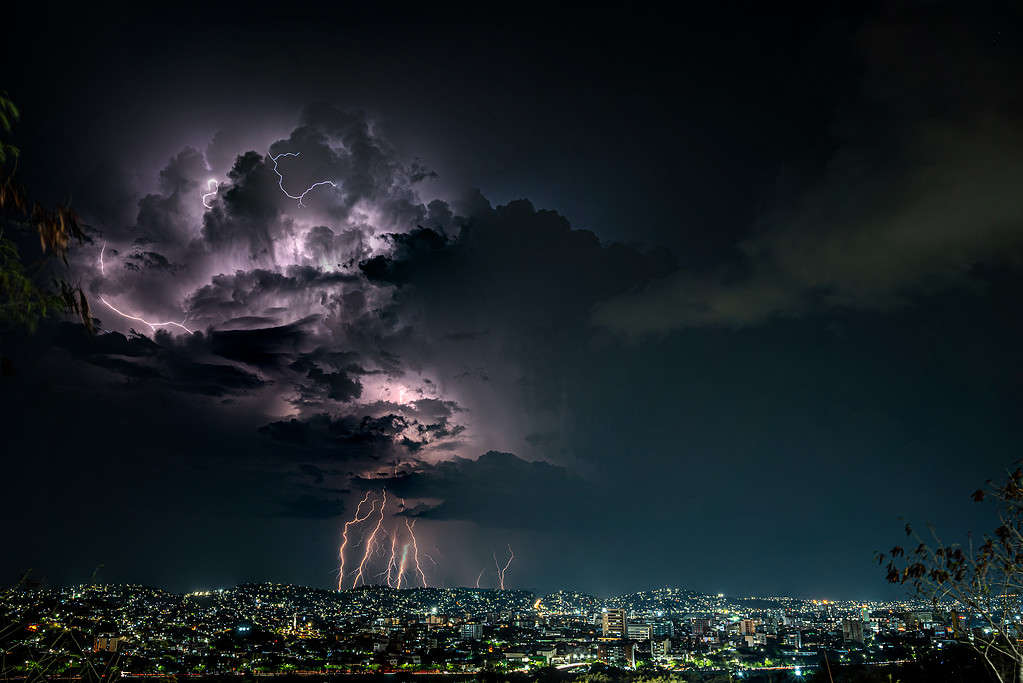
©Juan Pablo Bayona Galvis/ via Getty Images
297 nights of each year, Lake Maracaibo is lit up by lightning, according to NASA. Lightning strikes 28 times per minute during each of these storms, with the storms lasting as long as 8 to 10 hours.
Overall, that means the lightning capital of the world receives approximately 1.2 million lightning bolts annually. Per square mile each year, the area receives 602 bolts of lightning. This includes both cloud to cloud and cloud to land lightning for a spectacular lightning show indeed.
How Powerful is Catatumbo Lightning?
Catatumbo Lightning has earned three nicknames for the lake: the Lake of Fire, the Beacon of Maracaibo, and the Everlasting Storm. The powerful lightning illuminates the whole area as if it were daytime. It’s literally so bright that the seemingly constant lightning produced there may be seen as far as 250 miles away. The vivid light display has served as a natural lighthouse for the bay for centuries. Italian geographer, Agustin Codazzi, referred to the lightning as such in 1841: “Like a continuous lightning, and its position such that, located almost on the meridian of the mouth of the lake, it directs the navigators as a lighthouse.”
The powerful lightning, according to NASA, could light up all of South American were the light spread across the entire continent for just ten minutes.
The Unique Geography of Lake Maracaibo
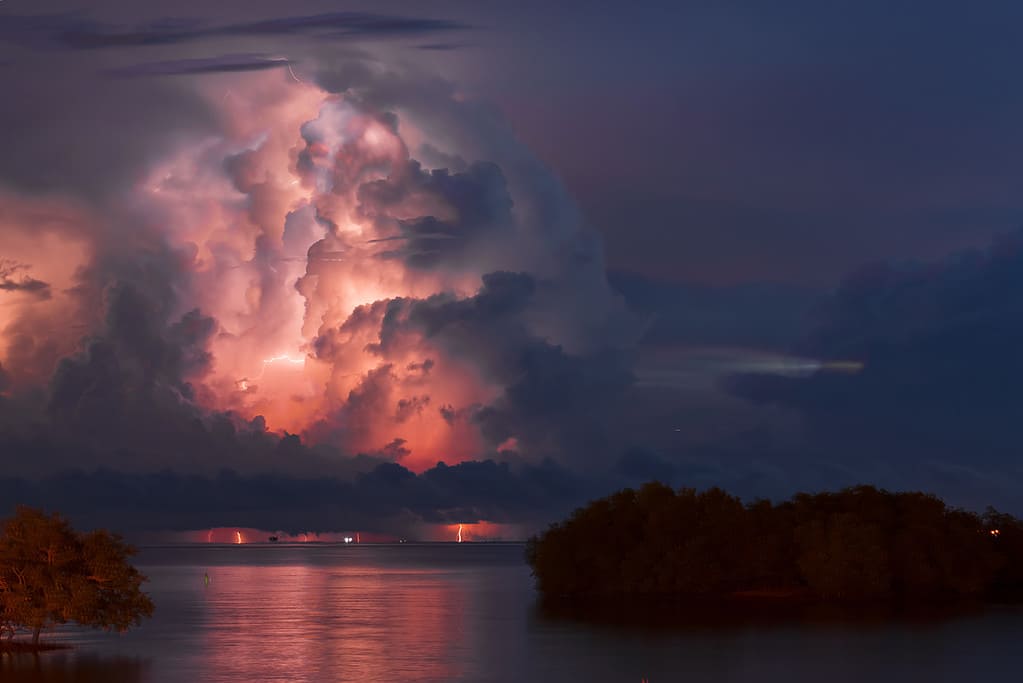
©User9637786_380/ via Getty Images
Lake Maracaibo rests in a unique geographical location with its brackish water combining with this location to create the perfect impetus for the massive lightning production. For one, the lake is surrounded on three sides by large mountains, which helps to create lightning by shielding the water and collecting the negatively-charge ions.
Today, the brackish tidal pool, or tidal estuary, is the largest lake in South America and one of the oldest on Earth. The lake specifically has become known for the phenomenon known as Catatumbo lightning, a particular formation of lightning over the Catatumbo River at the mouth connecting to the lake.
All of these elements combine to create the perfect atmosphere and setting for the massive amount of lightning strikes on Lake Maracaibo each year.
What Causes Lightning to Form?
Two things come together to create a lightning storm: cold air and warm air. When these two things collide, the following happens.
- Ice crystals form; moist, warm air creates water droplets.
- As the warm air rises, the ice crystals collide with the water droplets, creating friction known as static electricity.
- Cloud tops become positively charges with the bottom of the clouds going negative.
- As the negative charge from the bottom builds up enough, the energy becomes lightning.
- The air around the cloud heats up and spreads quickly, causing thunder.
- Warm water surrounded by tall mountains, like Maracaibo, become hot spots for such storms.
When to Visit Lake Maracaibo
The Catatumbo lightning is most active from September to October. So, if you’re looking for the lightning show of a lifetime, head down during the autumn. Skip January and February, as these months are the least active.
Animals You Might See Around Lake Maracaibo
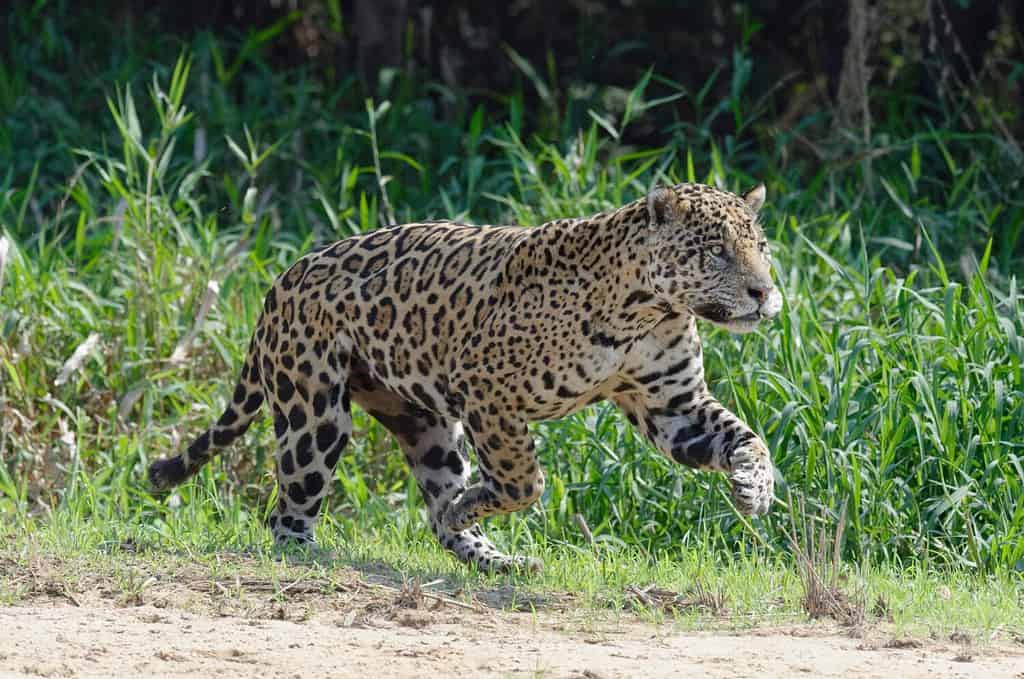
©imageBROKER.com/Shutterstock.com
The wildlife around Lake Maracaibo offers a rich variety of land and aquatic mammals, birds, insects, and more. While visiting the lake you could see any of these Andes mountains and jungle critters venturing in.
- Jaguars
- Monkeys
- Amazon River dolphins (they’re pink!)
- West Indian manatee
- Giant otter
- Caimans
- Iguanas
- Turtles
- Anacondas
- Over 300 species of birds
- More than 200 fish species, including piranhas and cichlids






